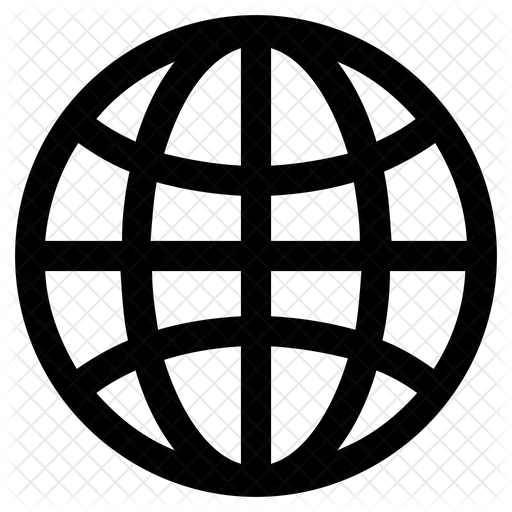Whether it is the taste of a delicious meal or the enveloping aroma of a family dinner, the kitchen is more than just a place where meals are prepared: it is a space for sharing, for creativity and for living. However, in order for it to realise its full potential, it is essential to maintain order and cleanliness in this environment at all times, especially when it comes to central appliances such as cooker hoods and hobs.
Maintenance and cleaning of hobs and hoods is essential as these components not only contribute to the aesthetics of the kitchen, but also play a crucial role in ensuring a safe and pleasant cooking experience.
So, let's see how to take care of them properly.
HOW TO CLEAN THE KITCHEN HOOD
Cooker hoods play a vital role in the removal of cooking fumes, odours and grease. A properly maintained cooker hood not only ensures a healthier atmosphere in the kitchen by preventing the proliferation of germs and bacteria, but also helps to preserve the quality of air inside the home.
Now it’s time to talk about cleaning your cooker hood externally and internally, so as to keep it efficient over time. Here are some practical tips:
External Cleaning
Regular cleaning of the cooker hood's exterior is essential to prevent the build-up of grease and dirt and to keep it shining. Use a soft cloth soaked in water and neutral soap to remove oily traces and splashes of sauce and avoid using aggressive or abrasive detergents that could damage stainless steel surfaces.
Internal Cleaning
To ensure proper extraction, it is also important to know how to clean the hood on the inside. Use a solution of water and white vinegar brought to a boil to sanitise the hood's inner portion, remove any softened grease with a microfibre cloth and wash the metal grease filters every two months. For optimal performance, remember to also clean the hood's inner duct at least once a year.
Operation and Maintenance
These are some of the practical tips for maximising the effectiveness of the kitchen hood:
- Switch the hood on a few minutes before you start cooking: this creates a flow of air ready to carry steam and odours to the extraction port.
- Adjust the speed of the fan according to the type of cooking and the amount of odours produced: a low speed is sufficient for small volumes of odours and vapours (e.g. cooking pasta and sauces), whereas a higher speed will be needed to handle larger volumes (such as frying or grilling).
- Leave the hood switched on at low speed for a few minutes after cooking to remove steam residues and unwanted odours.
- Always make sure that your cooker hood filters are efficient by washing or replacing them according to their specific type: in addition to ensuring that your cooker hood is always in good working order, you will also avoid a potential fire hazard posed by the build-up of grease in the filters.
CLEANING HOBS
Hobs are the epicentre of the kitchen, as it is through them that the magic of cooking materialises. From traditional gas cookers to modern induction hobs, each type of hob requires specific care to maintain its performance.
Cleaning Induction Hobs
Induction hobs have many advantages and require constant cleaning and maintenance to preserve their performance from the wear and tear of time.
Here are some useful tips:
Daily Cleaning
- Clean the surface of the hob with a microfibre cloth and distilled water after each use.
- Use a specific cleaner for induction hobs to remove persistent stains.
- Avoid using rough or abrasive objects that could damage the glass ceramic.
Deep Cleaning
- In case of obstinate stains or encrustations, use a glass scraper together with a specific cleaner.
- Avoid using alcohol-based solutions on the surface and promptly remove sugar residues that could damage it.
Proper maintenance
Proper maintenance of induction hobs requires the observance of good daily habits to preserve their integrity and avoid the most frequent damage.
These include:
- Use only pots and pans with a low, thick ferromagnetic base, and absolutely avoid tools unsuitable for induction hobs.
- Avoid scratches and chafing on the surface: to this end, do not place glasses or sharp objects on the hob and when moving the pans, always remember not to drag them but to lift them.
CLEANING GAS HOBS
Gas hobs, although more traditional and seemingly easier to handle, also require proper care to ensure optimal performance and safety. Here are some practical tips on how to clean your gas hob:
External Cleaning
- Clean the surface of the hob with a microfibre cloth and mild detergent to remove dirt and food residues.
- Avoid accumulation of grease and dirt around burners and controls.
Internal Cleaning
- Remove the grilles and burner caps and clean them with warm soapy water.
- Check the burner holes periodically to ensure even air flow.
Maintenance
- Regularly inspect gas pipes and connections for leaks or malfunctions.
- If necessary, replace damaged or worn components to ensure safe operation.
All in all, regular maintenance and cleaning of cooker hoods and hobs is essential to ensure a safe, hygienic and efficient kitchen environment. By following the right advice and using the right products, you can preserve the quality and durability of your appliances: a gesture of care and attention towards yourself and those who share all the pleasures of cooking with you.











